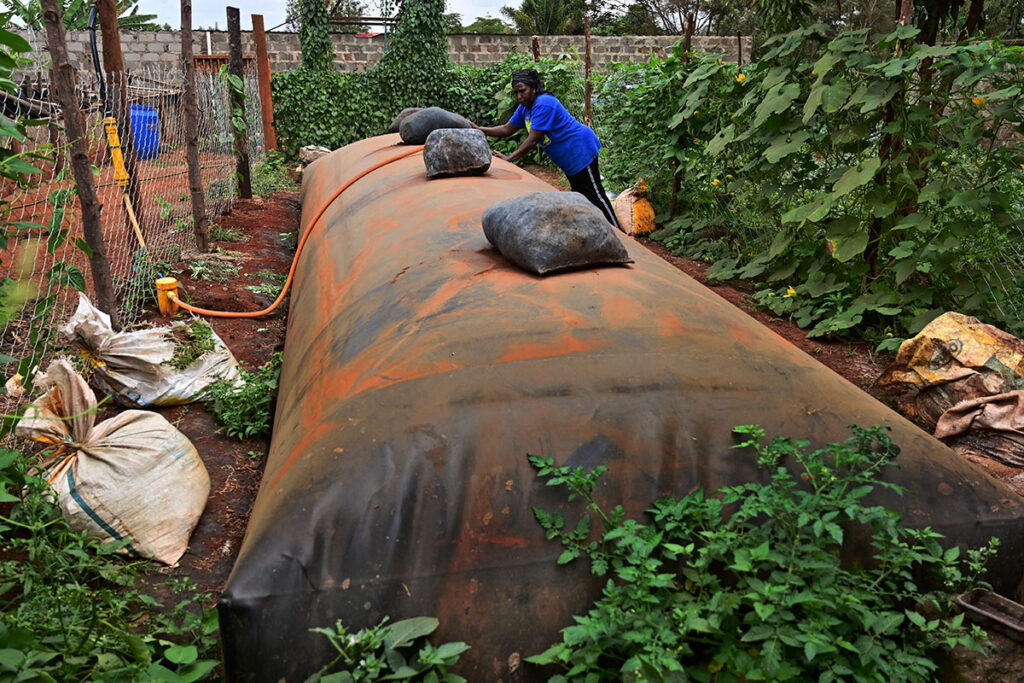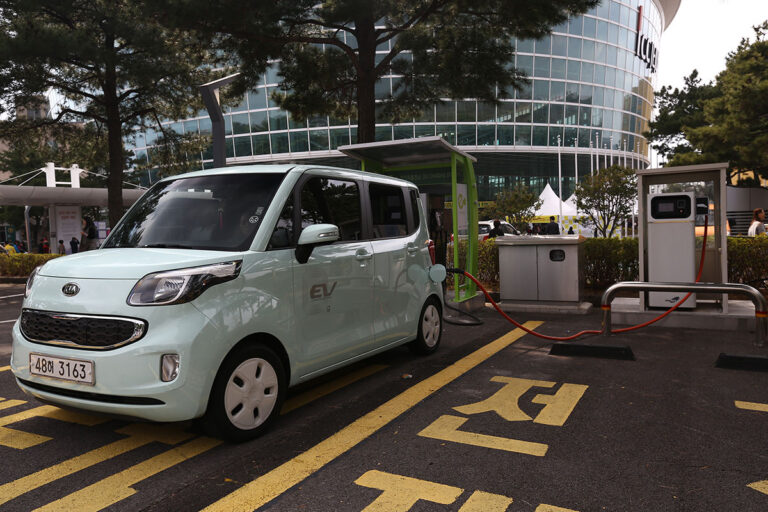As global efforts intensify to meet the Paris Agreement goals and achieve net-zero emissions by 2050, energy companies are under increasing pressure to transition from fossil fuel-based sources and provide clean energy for consumers. Stricter policies that govern how energy is produced and sold are leading to higher costs, a portion of which is passed to consumers. This exacerbates energy poverty, leaving many lower-income populations unable to afford basic energy needs.
To examine the impact of climate change policies on energy affordability, KAPSARC researchers have conducted a study based on data from the European Union1.
“There is growing evidence that stringent climate policies lead to higher energy prices, worsening energy poverty,” says economist Fateh Belaïd, who worked on the project with fellow economics expert Fatih Yilmaz, and climate policy and modelling specialists Mohamad Hejazi and Puneet Kamboj. “The current situation in the EU offers valuable insights into future scenarios for other regions.”
“Our results are especially critical for developing nations where the energy transition is already hampered by infrastructure challenges and poor redistribution policies,” adds Hejazi.
Affordable electricity
Energy poverty remains a challenging issue across many countries, and is particularly complex in low-income, developing nations. Some 2.9 billion people still rely on solid fuel (wood and charcoal) for cooking and heating, and around 840 million people have no access to electricity. The need to meet the Paris Agreement goals while simultaneously ensuring access to affordable electricity leaves governments across the world struggling with difficult decisions. These decisions are not always underpinned by just or robust policies, note the KAPSARC team.
“Developing tailored solutions that account for specific social, economic, and technical factors in each context is crucial for effective energy poverty reduction.” Fatih Yilmaz
“Energy poverty is also associated with physical and mental health consequences for individuals,” says Kamboj. “The results of our EU review show just how prolific energy poverty is, even in affluent nations and highlights the need for revised policies and international recognition of the links between climate change policies and energy affordability.”
Lessons from the EU case study
The KAPSARC team chose the EU as a case study partly due to data accessibility, but also because it has implemented an extensive climate policy agenda in recent years. The researchers used data from 20 EU member states, plus the UK and Turkey. They measured the size and scope of each country’s climate policies using the OECD climate policy stringency index2 and correlated these with electricity prices from 1996 to 2020.
Their results show a strong positive correlation between more stringent climate policies and higher electricity prices. This has contributed to a surge in energy poverty, affecting between 5% and 40% of the population in many EU countries in 2020: the worst affected are Bulgaria, Cyprus and Greece.
“Policies have often prioritized climate targets without adequately addressing their adverse effects on energy affordability,” says Belaïd. “Despite governmental efforts to alleviate energy poverty through redistributive policies, these often fail to provide adequate support for vulnerable groups. Insufficient public revenues also hinder effective policy interventions.”
The team is calling for national energy policies that consider the impact on the poorest communities. Governments should link energy and social policies with clear energy poverty reduction targets, and increase support for low-income households, notes Hejazi.
Policy options to tackle energy poverty include price regulation, tax breaks, disconnection limits, and different tariffs for different social groups. The team also suggests governments should support the uptake of efficient energy solutions and promote public-private partnerships to deploy eco-friendly, cost-effective energy technologies.
“Developing tailored solutions that account for specific social, economic, and technical factors in each context is crucial for effectively reducing energy poverty,” says Yilmaz.

Perpetual winners and losers
These EU results hold implications for developing countries across the world. Poor existing infrastructure and limited public financial resources in many developing countries mean that they are already severely disadvantaged in the race to net-zero. Only 57% of the population in the world’s developing nations has access to clean energy for cooking: the need for solid fuels contributes to deforestation, further compounding the climate crisis.
Shifts toward low-emission energy sources and increased stringency in climate policies will exacerbate these existing inequalities. Adequate energy supplies are critical to economic development, and access to consistent energy is closely linked to individual incomes. Barriers to transitioning to net-zero include the upfront costs of upgrading existing infrastructure, building and installing renewable energy systems, and the reliance of renewable generation methods on weather conditions. Intermittent supplies need to be backed up by other energy resources and sustainable storage solutions.
Developing countries could benefit from strategies to attract investment in new clean energy industries, a rich potential income source that could create jobs and boost economies while reducing reliance on fossil fuels, notes Yilmaz.
“In some contexts, where there is limited access to energy services such as clean cooking, an extended transition based on LPG and biogas could be a good alternative to support renewable technology deployment,” says Kamboj.
“Our results are especially critical for developing nations where the energy transition is already hampered by infrastructure challenges and poor redistribution policies.” Mohamad Hejazi
Other potential investment opportunities include advanced battery technologies and energy storage systems, which can enhance grid reliability and help integrate renewable energy sources.
“Innovations in small modular reactors and next-generation nuclear technologies would also provide stable, low-carbon energy that is crucial for power supply,” says Belaïd.
Global concessions
The team suggests that efforts at both national and global scales are crucial for energy poverty to be effectively incorporated into governmental and climate policies. Many EU countries offer redistributive policies, such as energy poverty alleviation programs, and regional entities including the EU Energy Poverty Advisory Hub have already been launched. However, an agreed international approach would be invaluable.
“A global framework or protocol could encourage nations to factor in energy poverty, while a global research hub and a dedicated international organization could foster cooperation, standardize metrics, mobilize resources, and advocate for vulnerable populations,” Yilmaz explains.
These issues have no ‘one-size-fits-all’ solutions, warn the researchers. Each country should seek the most efficient and cost-effective means of transitioning that suits its social, economic and environmental circumstances. This will involve trade-offs, and any future global agenda should take this into consideration.
“For some, a more extended transition based on gas could result in better sustained emissions reductions over time,” notes Kamboj. “Such approaches would help share the burden in a more equitable way.”
The next step for the KAPSARC team is to expand their analysis to cover a larger sample of countries to provide more substantial evidence into the interplay of energy poverty and climate policies. “We will also expand the work into the implications of climate policies on broader energy justice and equity concepts such as energy access,” concludes Hejazi.
Reference
- Belaïd, F.; Hejazi, M.; Kamboj, P.; & Yilmaz, F. Implications of climate policy on energy poverty. KAPSARC November 2023│ Article
- Kruse, T. et al. Measuring environmental policy stringency in OECD countries: An update of the OECD composite EPS indicator. OECD Economics Department Working Papers, No. 1703 (2022) │Article




